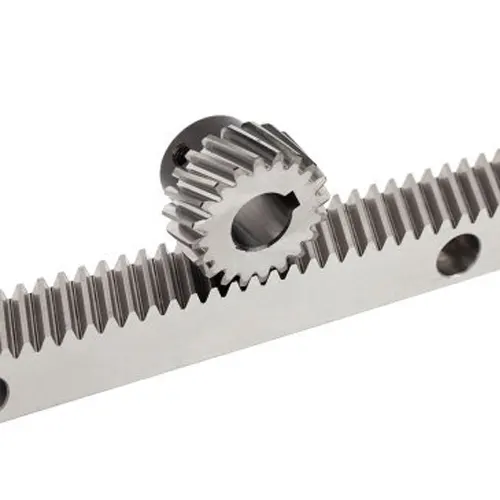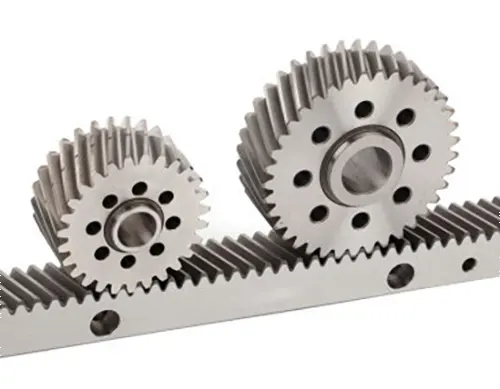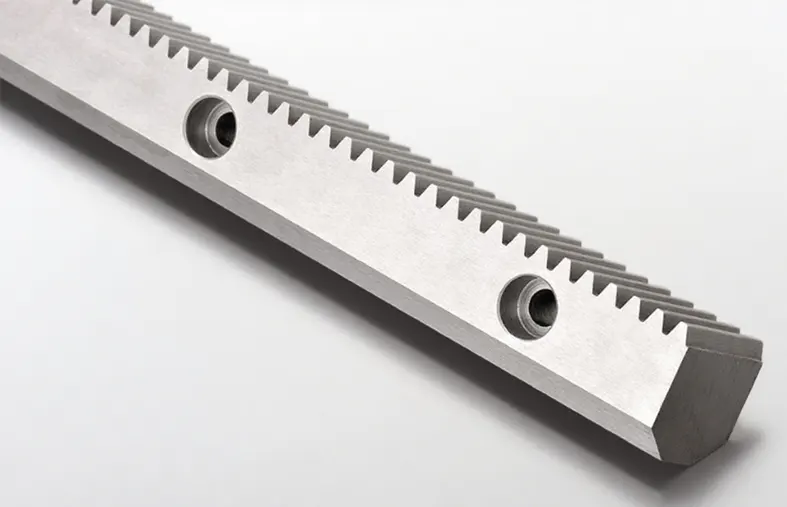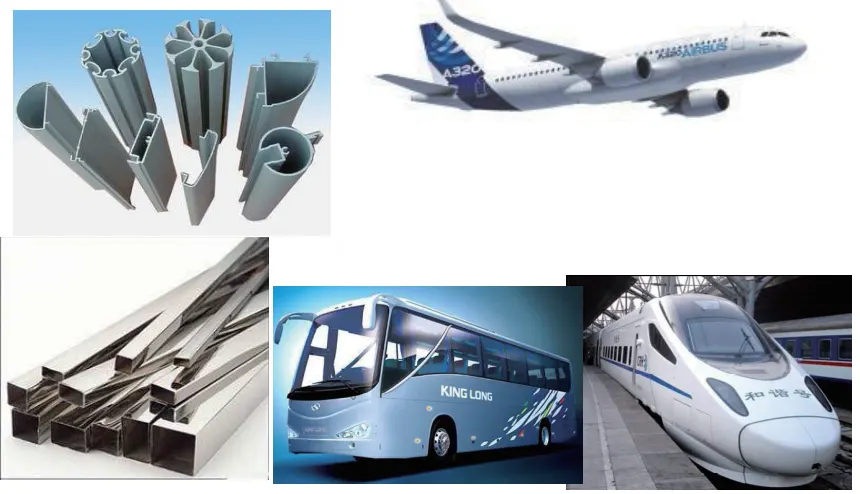In modern mechanical transmission systems, the gear rack, as a core transmission component, its processing accuracy directly affects the operational efficiency and service life of the equipment. With the continuous improvement of the requirements for transmission accuracy in the era of Industry 4.0, the gear grinding process, as a key link in the fine processing after quenching, has become a core technological breakthrough for achieving high-precision gear rack manufacturing.

Analysis of the Core Value of Gear Grinding Technology
Process Essence and Application Scope
Gear grinding is a process in which a dedicated gear grinding machine is used to precisely grind the tooth surface of gears after quenching and hardening. This technology is particularly suitable for:
Finishing of gear rack made of high-hardness material (HRC58-62)
Precision forming of complex tooth profiles such as straight teeth, helical teeth and herringbone teeth
High-end equipment fields such as aerospace, precision machine tools, and robots
Dual guarantee for Precision Improvement
It can be achieved through grinding processing:
Improvement of tooth profile accuracy: Eliminate heat treatment deformation and raise the standard accuracy grade of GB/T 10095 from grade 8 to grade 3-4
Surface quality optimization: Ra0.4-0.8μm ultra-precision machined surface, significantly enhancing wear resistance and transmission smoothness
Dynamic characteristic improvement: The tooth alignment error is corrected to ≤0.005mm, and the meshing noise is reduced by 3-5dB

The Technological Evolution Path of Gear Grinding Process
Innovation in Numerical Control Technology
Modern CNC gear grinding machines achieve:
Five-axis linkage control: The tooth direction correction accuracy reaches ±0.002mm
Online detection and compensation: Real-time monitoring by laser interferometer and closed-loop correction of processing errors
Flexible production: One-click switching between different gear rack specifications, reducing the model change time by 70%
Breakthrough in Super-hard Abrasive Technology
The application of CBN (cubic boron nitride) grinding wheels has brought revolutionary changes:
Processing efficiency improvement: The linear speed can reach 120m/s, and the material removal rate is increased by three times
Extended grinding wheel life: The number of workpieces that can be processed in a single dressing increases by 5 to 8 times
Stable processing quality: Maintain sharpness of over 2,000 pieces to ensure batch consistency
Innovative Development of Process principles
Comparison of contemporary mainstream gear grinding technologies
| Technical Category | Processing Principle | Applicable Scope | Efficiency Advantage |
| Continuous Generating Grinding | Worm wheel grinding generation | Mass production of standard racks | ★★★★☆ |
| Interrupted Form Grinding | Dish-shaped wheel forming | Complex modified racks | ★★★☆☆ |
| Power Skiving Grinding | CBN worm grinding wheel | Efficient hardened gear face machining | ★★★★★ |
The Quality Assurance System of Modern Gear Grinding Technology
Intelligent Detection and Compensation System
Three-coordinate measuring machine: Full tooth surface scanning inspection, with an accuracy of 0.001mm
Temperature compensation module: Real-time monitoring of machine tool thermal deformation and automatic correction of processing parameters
Vibration monitoring system: Prevents flutter and ensures that the surface waviness is ≤0.003mm
Error Correction Technology
Bidirectional tooth profile correction: Simultaneously control the transition curves at the tooth top and root
Helix Angle compensation: Dynamically adjust the grinding wheel Angle to correct an error of ≤0.01°/100mm
Cumulative error elimination: Segmented grinding + intelligent splicing technology ensures that the straightness of long racks is ≤0.02mm/m

Application Fields and Future Prospects
Typical Application scenarios
CNC machine tools: Achieve feed accuracy of 0.001mm steps
Industrial robots: Enhance the repeat positioning accuracy of joint transmission
Aerospace: Ensuring the transmission reliability of satellite antenna pointing mechanisms
Technological Development Trends
Intelligent grinding: AI algorithms predict grinding wheel wear and automatically optimize processing parameters
Green manufacturing: Micro-lubrication technology reduces the use of cutting fluid by 90%
Compound processing: Integrated unit for gear grinding, inspection and deburring

Conclusion: The Eternal Pursuit of Precision Manufacturing
The continuous progress of gear grinding technology not only drives the breakthrough of the limit of rack manufacturing precision, but also becomes an important indicator to measure the country’s high-end equipment manufacturing capacity. With the continuous integration of new materials, new processes and new technologies, future gear grinding processing will continue to evolve in the direction of “more precise, faster and more intelligent”, providing solid support for the construction of an industrial power.
